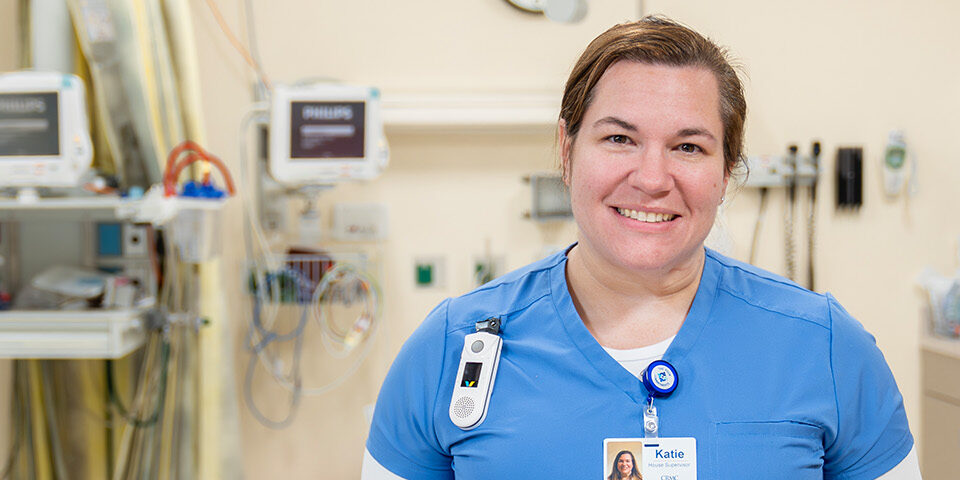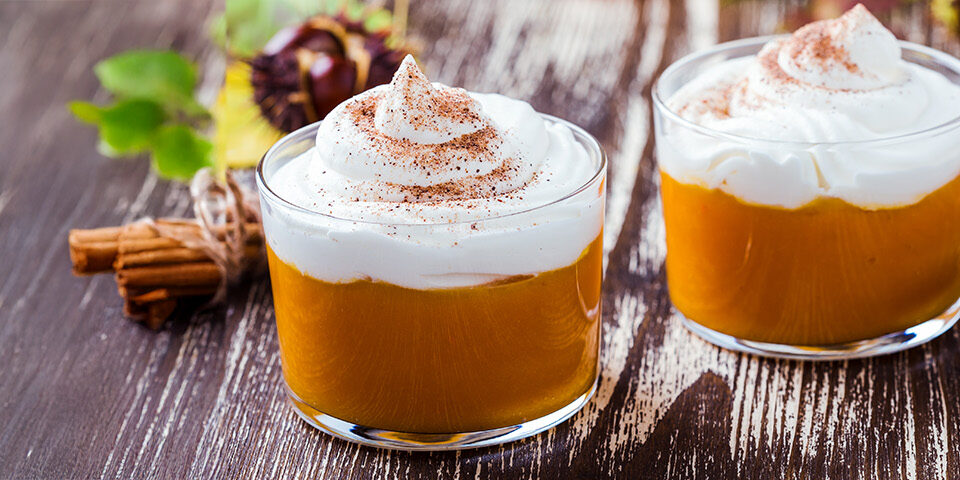The Healing Touch: Osteopathic Manipulative Medicine
Imagine a medical approach where healing begins with the touch of a hand, blending the art of human connection with the science of anatomy. Cuyuna Regional Medical Center’s Osteopathic Manipulative Medicine Physician, Courtenay Deane, D.O., has practiced Neuromusculoskeletal Medicine and Osteopathic Manipulative Medicine at the medical facility since November 2017.
“I always find it rewarding when patients come to me after struggling with their symptoms for some time, and my physical exam validates their symptoms and concerns. The body has this inherent motion that should be present in all tissues—including the bones. I find areas where there is tension, strain, or restriction of motion, and then I apply my osteopathic techniques to restore motion and help promote healing,” explained Dr. Deane.
The History of Osteopathic Manipulative Medicine
Osteopathic Manipulative Medicine (OMM) is a comprehensive medical specialty that utilizes Osteopathic Manipulative Treatment (OMT), a hands-on system of diagnosis and treatment that uses the body’s natural healing mechanisms to optimize health. Dr. Andrew Taylor Still, M.D., D.O., founded osteopathic medicine in 1874 and started the first osteopathic medical school in Kirksville, Missouri. He discovered that the body has self-healing capabilities, and that structure and function are interrelated. By utilizing OMT, it’s possible to influence all body systems. Dr. Still emphasized that osteopathic physicians should have a strong background in anatomy and physiology in addition to their medical training. He also believed the mind, body, and spirit are interconnected and affect how health and disease manifest.
Osteopathic Manipulative Medicine is used in conjunction with mainstream medicine and surgery. Doctors of Osteopathic Medicine (D.O.s) are fully licensed physicians in the U.S. and can practice the full scope of medicine across all medical and surgical specialties. Osteopathic principles and techniques are taught to all D.O.s, but few continue to refine and use these skills. It requires time, practice, and patience to learn to detect the body’s subtle changes.
“A lot of it is listening. I’m trying to sense how the body is trying to move tissue,” Dr. Deane added.
Educational Training and Techniques
After earning her Bachelor of Science degree, Dr. Deane completed four years of medical school, graduating with her Doctor of Osteopathy degree. She then completed a three-year residency in Neuromusculoskeletal Medicine/Osteopathic Manipulative Medicine, which allowed her to sit for the national board exam in this specialty. Dr. Deane is not a family practice physician; her patients are referred to her as they would be to any other specialist—not in place of their primary care doctor.
Doctors of Osteopathic Medicine are trained in a variety of techniques. Osteopathic medicine truly is both an art and a science, as each patient is treated as an individual and treatment is not based on standard protocols. Dr. Deane addresses her patients’ needs by taking a thorough history, performing a comprehensive head-to-toe exam, and evaluating for areas of asymmetry, tension, and strain.
“I typically use a combination of very gentle, low-force, and highly precise techniques to help the body express its health. I perform osteopathy in the cranial field, where I work with the bones of the head and the sacrum. When I treat the rest of the body, I focus on locating tension in the ligaments or joint capsules and finding a point of balance where that tension can release. This helps improve the range of motion in the joints,” Dr. Deane explained.
She has experience treating patients of all ages and is currently accepting referrals for pregnant women and children.
“I’m often asked why an infant or a pregnant woman would need to be seen. Some common reasons include excessive spitting up, colic, poor feeding or latch, torticollis (tight neck muscles), plagiocephaly (a flattened head), pelvic pain, and headaches.”
As interest in integrative and patient-centered care continues to grow, Osteopathic Manipulative Medicine stands out as a powerful example of how medicine can be both scientifically grounded and deeply human.

Learn and Live Well
Check out our blogs, stories, and events to inspire your healthy living.

Nurse Katie Wieland Honored with DAISY Award
Katie Wieland, RN, goes above and beyond for her patients—anticipating needs, preserving dignity, and making a real difference in recovery. She’s CRMC’s latest DAISY Award honoree for Extraordinary Nurses!
Continue Reading…
Holiday Gift Giving: Avoid Loud Toys and Choking Hazards
Before placing gifts under the tree or shopping for your grandchildren, be sure they are safe. Some toys may contain lead or other harmful chemicals, pose choking hazards, or even risk causing hearing damage.
Continue Reading…

